Air Dry vs Diffusing: What’s Best for Your Curl Pattern?
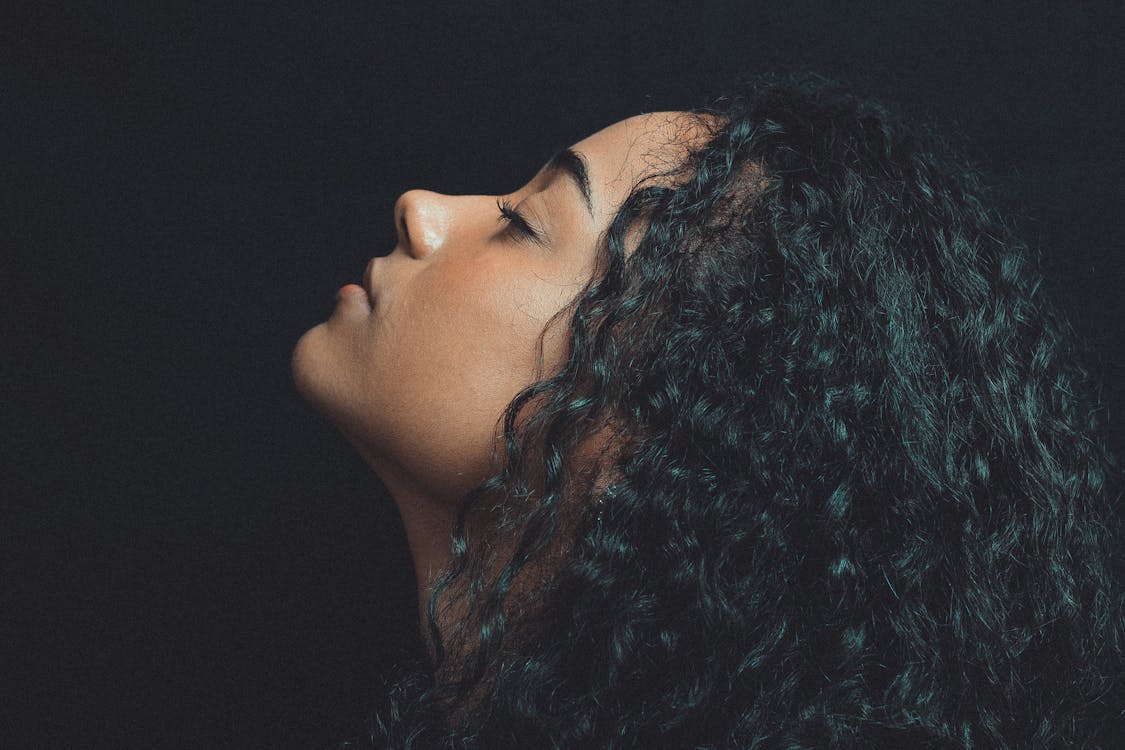
Curly hair care is both an art and a science. On the surface, managing curls might seem straightforward, yet the journey to optimal curl health requires understanding the nuances of hair care techniques. One of the hottest debates in the curly hair community revolves around drying techniques.
Two popular methods are air drying and diffusing, both with their unique strengths and weaknesses. This article dives deep into these techniques, examining what's best for different curl patterns, ensuring your curls remain lusciously healthy.
![]() Understanding Curl Patterns
Understanding Curl Patterns
The texture and pattern of your curls are unique identifiers of your hair type and play a crucial role in determining how you should treat and care for them. Curl patterns typically range from Type 2 (wavy) to Type 4 (coily), each having their specific hair care needs when it comes to moisture retention, frizz control, and styling methods.
To cater to their distinct needs, a study by "Hair Science" shows the following breakdown:
-
Type 2 (Wavy) - Requires lightweight products and gentle handling to minimize frizz.
-
Type 3 (Curly) - Requires heavier hydration and heat protectants since strands can easily lose moisture. Detangling is also important to prevent breakage.
-
Type 4 (Coily) - Requires high volumes of moisture, protectants from harsh weather, and frequent detangling.
Therefore, knowing your curl type is the first step in deciding whether air drying or diffusing is a more suitable method.
Air Drying: The Natural Approach
Air drying is a natural method that involves letting your curls dry without using any heat tools, allowing them to retain their natural form and dry at their own pace. This method is cherished for its simplicity, low impact on the hair's health and integrity, making it a popular choice amongst many individuals.
The table below summarises the pros and cons of air drying for various curl types:
|
|
Pros |
Cons |
|
Air Drying |
Minimizes heat damage, appeals to the natural appearance and retains moisture. According to a survey by "Curl Care Plus", about 65% of individuals with looser curl types (Type 2 and 3) find it as an ideal method where frizz is less of an issue. |
It leads to an increased drying time. For tighter curl patterns (Type 4), it is reported to control frizz less effectively, and shape retention could be less assured, according to feedback from approximately 55% of coily haired individuals surveyed. |
Minimizes heat damage, appeals to the natural appearance and retains moisture. According to a survey by "Curl Care Plus", about 65% of individuals with looser curl types (Type 2 and 3) find it as an ideal method where frizz is less of an issue.
It leads to an increased drying time. For tighter curl patterns (Type 4), it is reported to control frizz less effectively, and shape retention could be less assured, according to feedback from approximately 55% of coily haired individuals surveyed.
However, the choice between air drying and heat tools ultimately depends upon the unique needs of your hair and personal preferences. Regardless of the method you choose, always remember that maintaining healthy hair requires consistent and dedicated care.
Diffusing: The Speedy Solution
Diffusing is a popular hairstyling method, often used by individuals with naturally curly or coily hair. It involves using a hairdryer attachment to disperse airflow evenly throughout your hair. This technique not only reduces frizz but also aids in maintaining the curl shape, providing definition for your curls. It's particularly popular when you're short on time or in need of a quick styling solution.
The Science Behind Diffusing
The diffuser is designed with multiple prongs and openings that let out hot air in a controlled manner. As opposed to traditional hair dryers that concentrate the air stream to a specific part, a diffuser distributes the air evenly on a larger surface area. This evenly dispersed hot air helps to quick dry your hair without causing extreme heat damage or disrupting the curls. The result is healthier, less frizzy, and more defined curls.
-
Pros of Diffusing: Faster drying time, enhances curl definition, and reduces frizz for tighter curl types.
-
Cons of Diffusing: Potential heat damage if not used correctly, can cause dryness if excessive heat is applied, and requires a little more technique to get right.
How to Decide: Factors to Consider
The decision to air dry or diffuse your curls should be based on several factors. It includes your curl type, lifestyle, hair goals, and also the climate of where you live. If maintaining a natural texture is your goal, air drying may be your best bet. For those in a hurry, diffusing may prove more useful, particularly for tighter curl types.
|
Factor |
Air Drying |
Diffusing |
|
Time |
Can take several hours |
Relatively quick |
|
Damagae to Hair |
Very low if done correctly |
Possible, if not done correctly |
|
Curl Definition |
Depends on hair type and product |
Often better, especially for tight curls |

Case Study: Curl Pattern and Drying Method Matching
To give you a concrete understanding, let's explore a hypothetical case study which may resemble real-life scenarios you might encounter:
|
Curl Type |
Preferred Method |
Result Explanation |
|
Type 2 (Wavy) |
Air Dry |
Best retains wave pattern with moisture. |
|
Type 3 (Curly) |
Diffusing |
Enhances curl definition and controls frizz. |
|
Type 4 (Coily) |
Diffusing |
Reduces shrinkage, enhances curl pattern. |
The Science Behind Drying Methods
Drying your curls isn’t just a stylistic choice—it’s grounded in hair science. The method you choose can directly impact your hair’s moisture retention, curl pattern, and overall health. Different curl types respond uniquely to air drying versus diffusing, and understanding the science behind each can help you make better choices for your routine.
Here’s what the science says:
-
Air Drying: This method helps hair retain more moisture, which is essential for maintaining elasticity and reducing breakage. It’s especially beneficial for looser curl types or waves, which may become easily stretched or disrupted with heat.
-
Diffusing: Using a diffuser on low heat helps define curl structure by aligning the keratin bonds as the hair dries. This can enhance and hold tighter curls and coils more effectively.
Choosing the right method helps preserve the integrity of your curls while supporting long-term hydration and strength.
Expert Opinions and Insights
Professionals in the curly hair care world agree: there’s no one-size-fits-all solution when it comes to drying. Your technique should evolve with the seasons, your hair’s condition, and even your styling goals. Adapting to these variables ensures your curls remain hydrated, frizz-free, and well-defined year-round.
Experts recommend the following:
-
In Humid Weather: Use a diffuser to help seal the curl shape and minimize moisture disruption from the environment, which reduces frizz.
-
In Dry Seasons: Opt for air drying to maximize internal moisture retention and prevent hair from drying out even more.
-
Use Heat Sparingly: Always use low heat settings when diffusing to avoid heat damage and preserve curl integrity.
-
Personalized Guidance: Consulting a professional stylist can offer valuable insights into your unique curl needs, including porosity, density, and lifestyle factors.
Tailoring your routine based on professional advice helps ensure your curls stay healthy and consistently beautiful.
Adapting to Your Routine
While understanding the theory behind drying techniques is helpful, your daily lifestyle ultimately shapes your hair care routine. Whether you're always on the go, have time for a full styling session, or need something quick and low-maintenance, your approach should align with what’s realistic for you. The good news? Both air drying and diffusing can be tailored to fit seamlessly into your routine.
Consider these lifestyle-based adaptations:
-
Short on Time? Diffusing helps speed up drying while still maintaining curl definition.
-
Prefer a Minimal Routine? Air drying requires no tools and lets your curls dry naturally with less effort.
-
Sleep Matters: Pineappling or using a satin bonnet can preserve your drying results overnight and reduce frizz.
-
Flexibility Is Key: Alternate between drying methods depending on your day, weather, or how your hair feels.
The goal is to find what works consistently for you—effortless, effective curl care.

The Role of Products
No matter which drying method you prefer, the products you use will either elevate your results or hold them back. Choosing the right curl-friendly products ensures that moisture is locked in, frizz is kept at bay, and your strands are protected from heat and environmental stressors. Your drying method and product choice should work in harmony to bring out your best curls.
Here’s how to pair products with your method:
-
For Air Drying: Use a hydrating leave-in conditioner spray or curl cream to enhance definition and lock in moisture without weighing curls down.
-
For Diffusing: Apply a lightweight heat protectant to shield your hair from potential heat damage while defining curls.
-
Seal & Style: Consider a curl gel or styling serum to finish off either method and ensure long-lasting hold.
Explore a curated range of curl-optimized products at Gorgeous Strands Shop to find the perfect fit for your routine.
Myth Busting: Debunking Drying Myths
There are countless myths about how to dry curly hair, and many can lead to confusion or even damage if followed blindly. A common belief is that air drying always prevents frizz, while using a diffuser guarantees heat damage. In reality, both methods can be beneficial when done correctly. The key lies in how you use them and whether they align with your hair's specific needs.
Here are a few things to keep in mind:
-
Air drying is gentle, but in humid conditions, it can actually encourage frizz if your curls aren’t properly sealed with styling products.
-
Diffusing can help define curls and speed up drying, especially if done with low heat and low speed settings.
-
Frizz prevention depends more on your technique and products than on the drying method alone.
Ultimately, understanding your own hair and listening to professional advice will yield the best results.
Transitioning Between Methods
If you've been loyal to one drying method—be it air drying or diffusing—it might be time to explore new techniques. Transitioning between drying styles not only helps you discover what works best for your curls, but also teaches you how they respond to different conditions like weather, seasons, or styling products.
To ease into a new method, try the following:
-
Start with the method you think will suit your current hair goals—more volume, less frizz, faster drying time, etc.
-
Test it consistently for a few weeks to give your hair time to adapt and to see reliable results.
-
Gradually alternate between air drying and diffusing on different wash days to assess how your curls behave.
Making a slow, mindful transition ensures you get the benefits of both approaches. Observing your hair’s behavior and adjusting accordingly can lead to healthier, more defined curls in the long run.
Key Takeaways
Your curl pattern is a vital guide when selecting the best drying method. Whether you prefer the natural, frizz-minimizing benefits of air drying or the quicker, more defined results of diffusing, understanding how your curls react is key to achieving great results.
No matter which method you choose, be sure to explore the wide selection of curly hair products and accessories available at Gorgeous Strands Shop. The right tools can make all the difference in supporting and enhancing your styling routine.
FAQs
1. Does air drying reduce frizz?
Air drying is typically gentler on the hair, which can help in reducing frizz, especially for wavy or looser curl types. It allows your curls to take form without heat interference, preserving the natural moisture balance. However, for tighter curls, frizz can be more pronounced due to lack of weight. It's also important to consider environmental factors; high humidity may counteract the smoothing effect of air drying. To boost results, incorporate anti-frizz products such as serums or leave-ins from Gorgeous Strands Shop to enhance your curls’ moisture retention.
2. How does diffusing impact hair texture?
When used correctly, diffusing can significantly enhance and define natural curl patterns. The gentle dispersion of heat and air helps lock in curls, offering a more voluminous and bouncy look. It reduces the need for subsequent styling since it helps maintain the form set in wet hair. To protect your curls, always use a heat protectant before diffusing and ensure your blow dryer is set to a medium temperature to minimize heat exposure.
3. Can I combine air drying and diffusing?
Absolutely! Combining both methods can offer the best of both worlds. Start by air drying until your hair is about 70% dry; this minimizes heat exposure. Then, finish with a diffuser for enhanced definition and volume. This hybrid approach can maximize curl formation and shape retention while minimizing potential heat damage. Depending on your hair type, applying a curl cream before air drying can improve the end result.
4. What is the best diffuser setting for curly hair?
The best diffuser setting balances heat and air speed to suit your curl type. Generally, a low to medium heat setting combined with a slow air speed is optimal. This gently encourages curl pattern formation without causing frizz or overheating. Always start with a lower temperature to gauge how your curls react, then adjust as needed. Remember, faster is not necessarily better with diffusing; patience will ensure healthier, well-defined curls.
5. Are there specific products that enhance drying methods?
Yes, the right products can significantly enhance the effectiveness of both air drying and diffusing techniques. For air drying, use moisturizing leave-ins or oils to seal hydration and minimize frizz. When diffusing, a heat protectant is essential, as is a curl-enhancing cream to boost definition and volume. Explore the selection of curly hair products at Gorgeous Strands Shop which can aid in achieving perfect curls, aligning with your chosen drying method.
Air drying is typically gentler on the hair,

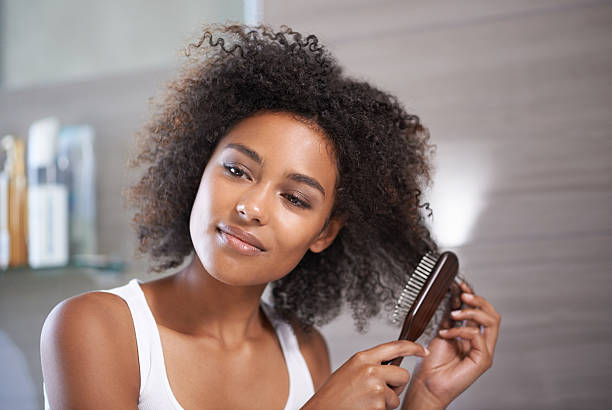
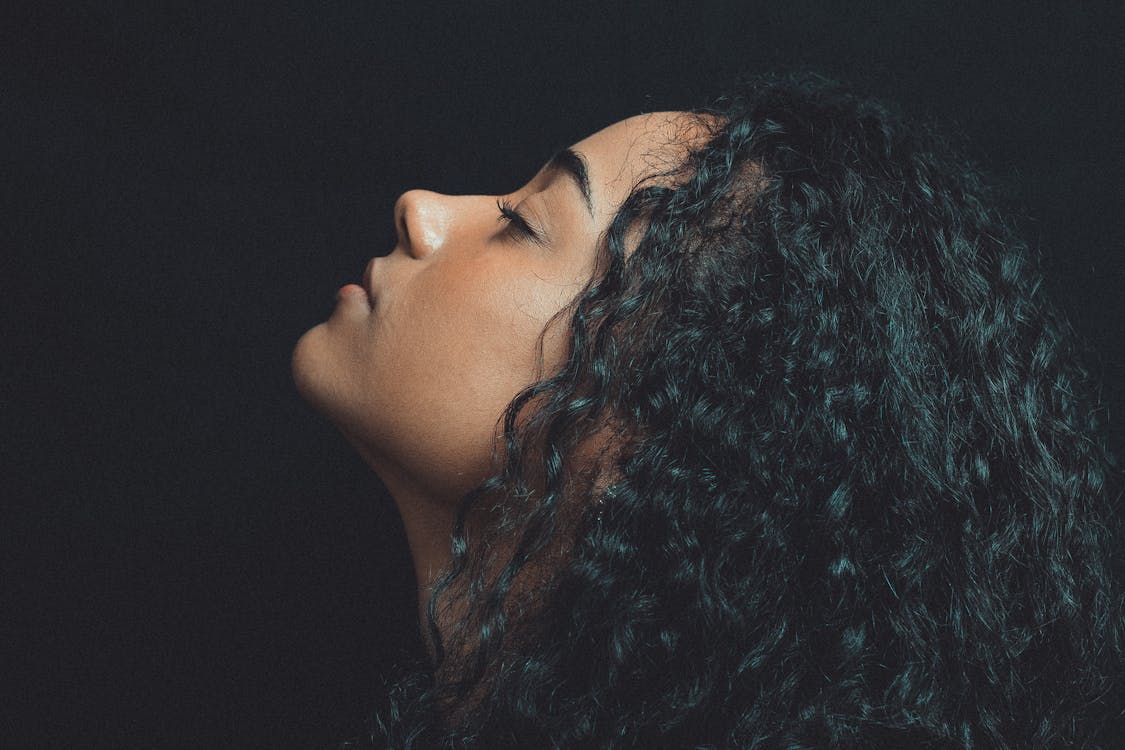
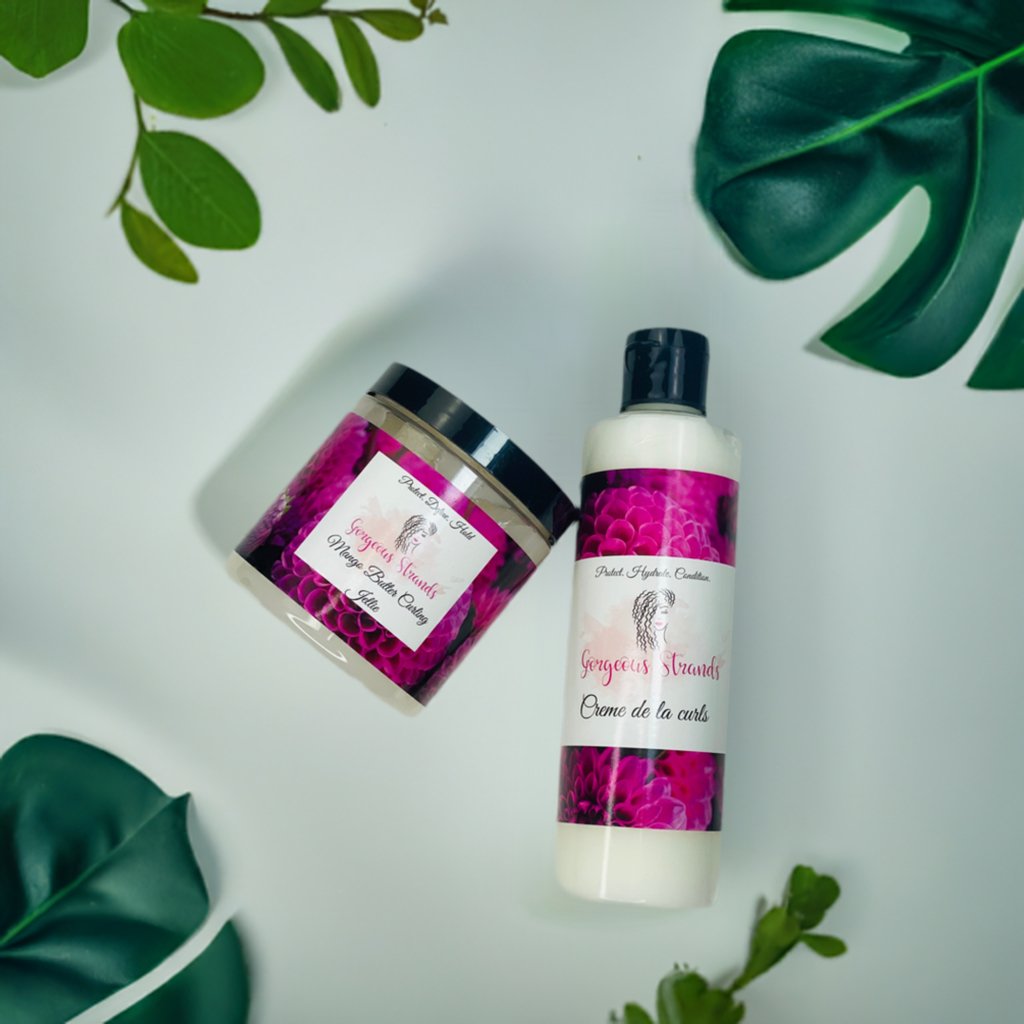
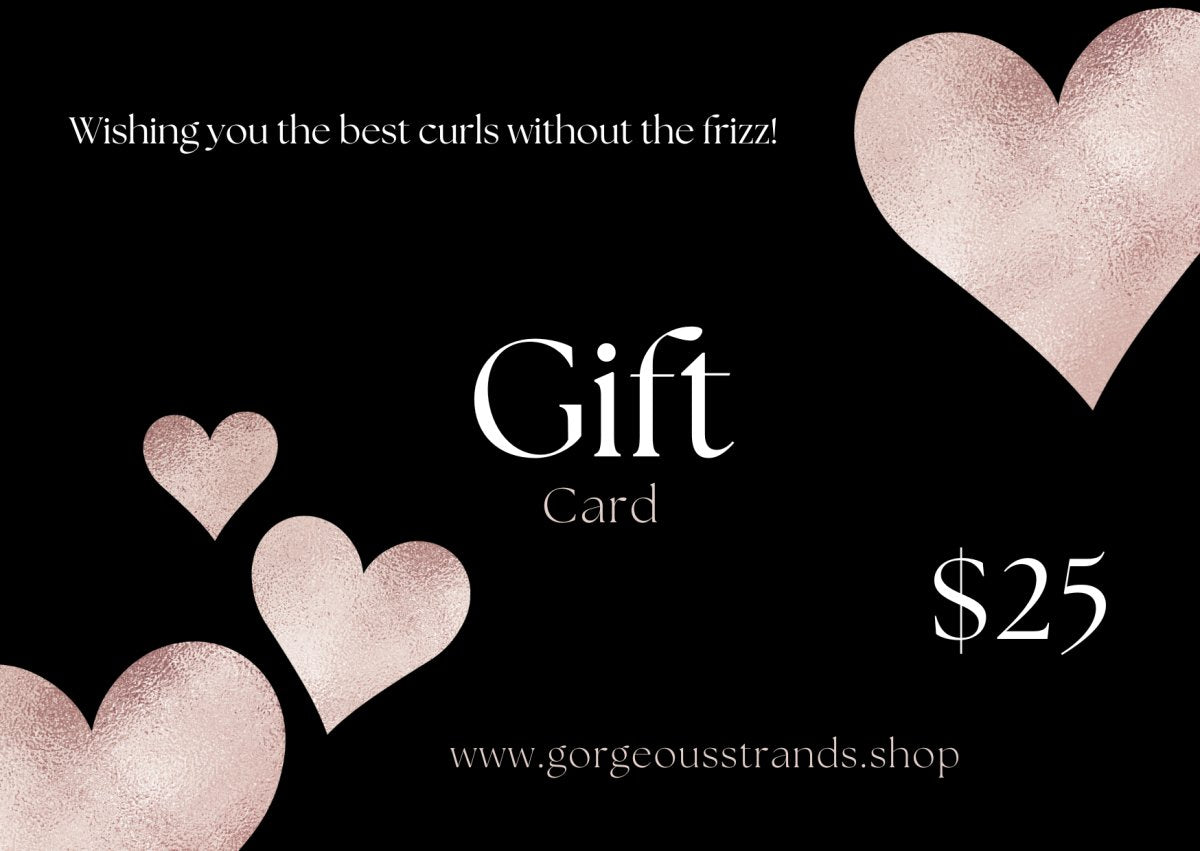
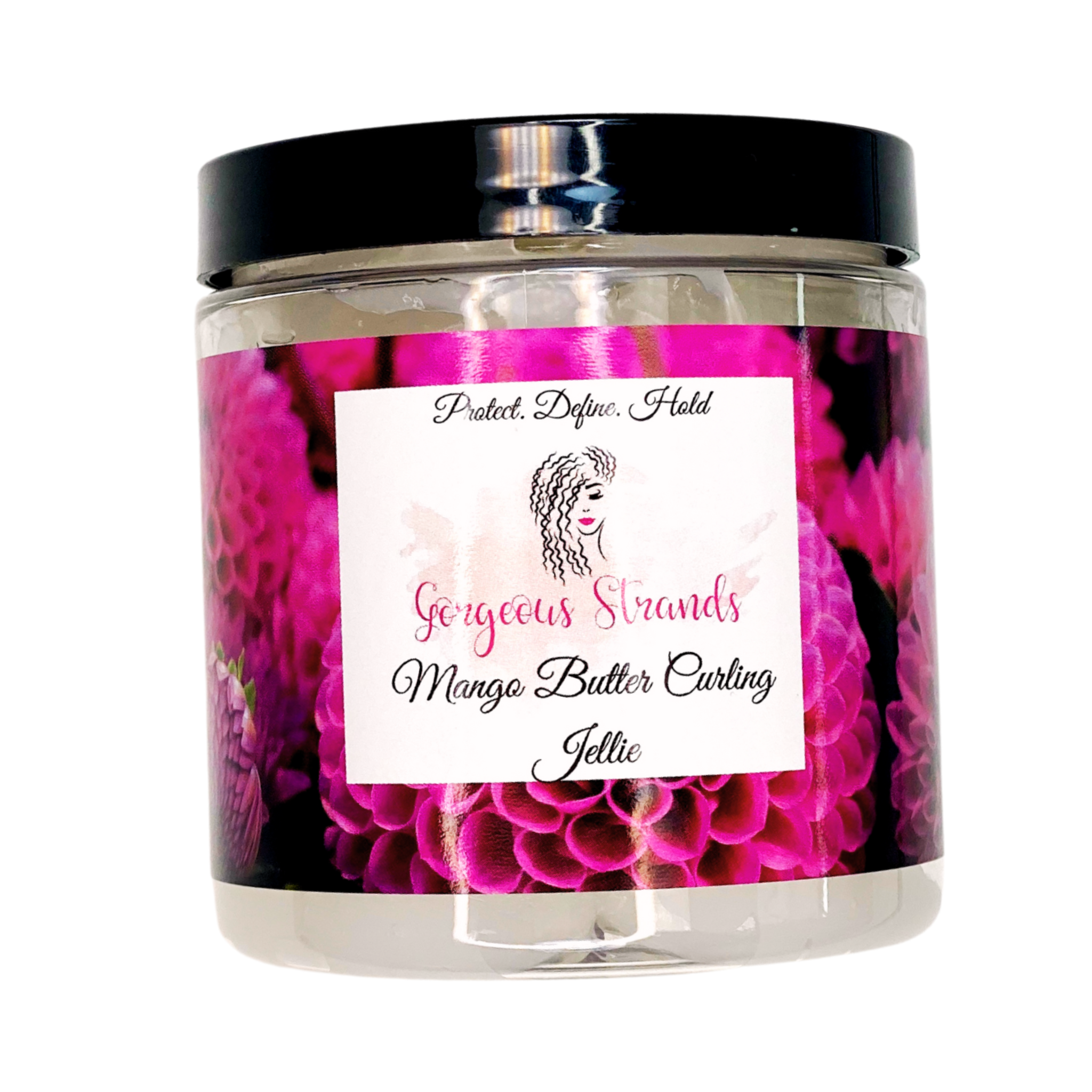
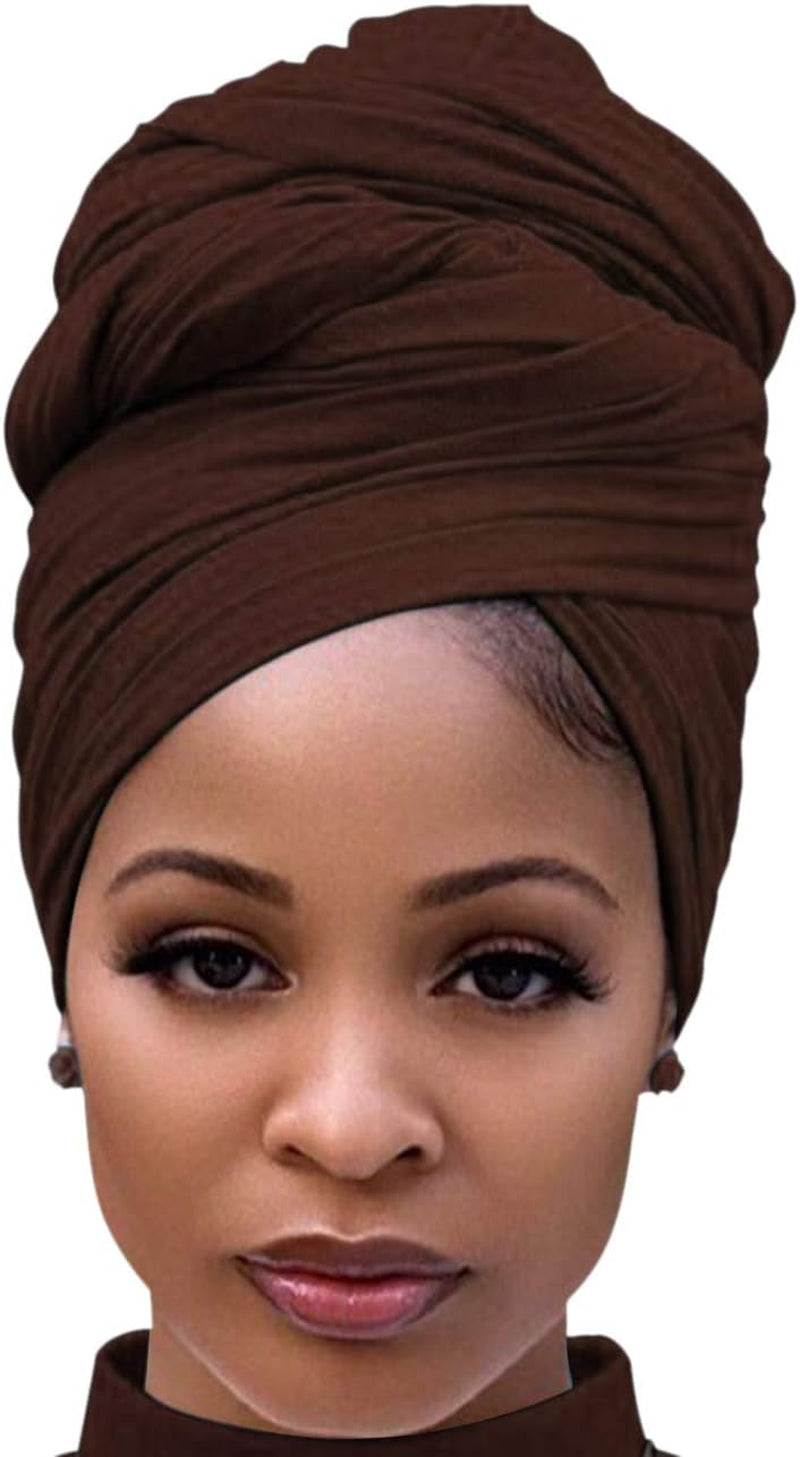
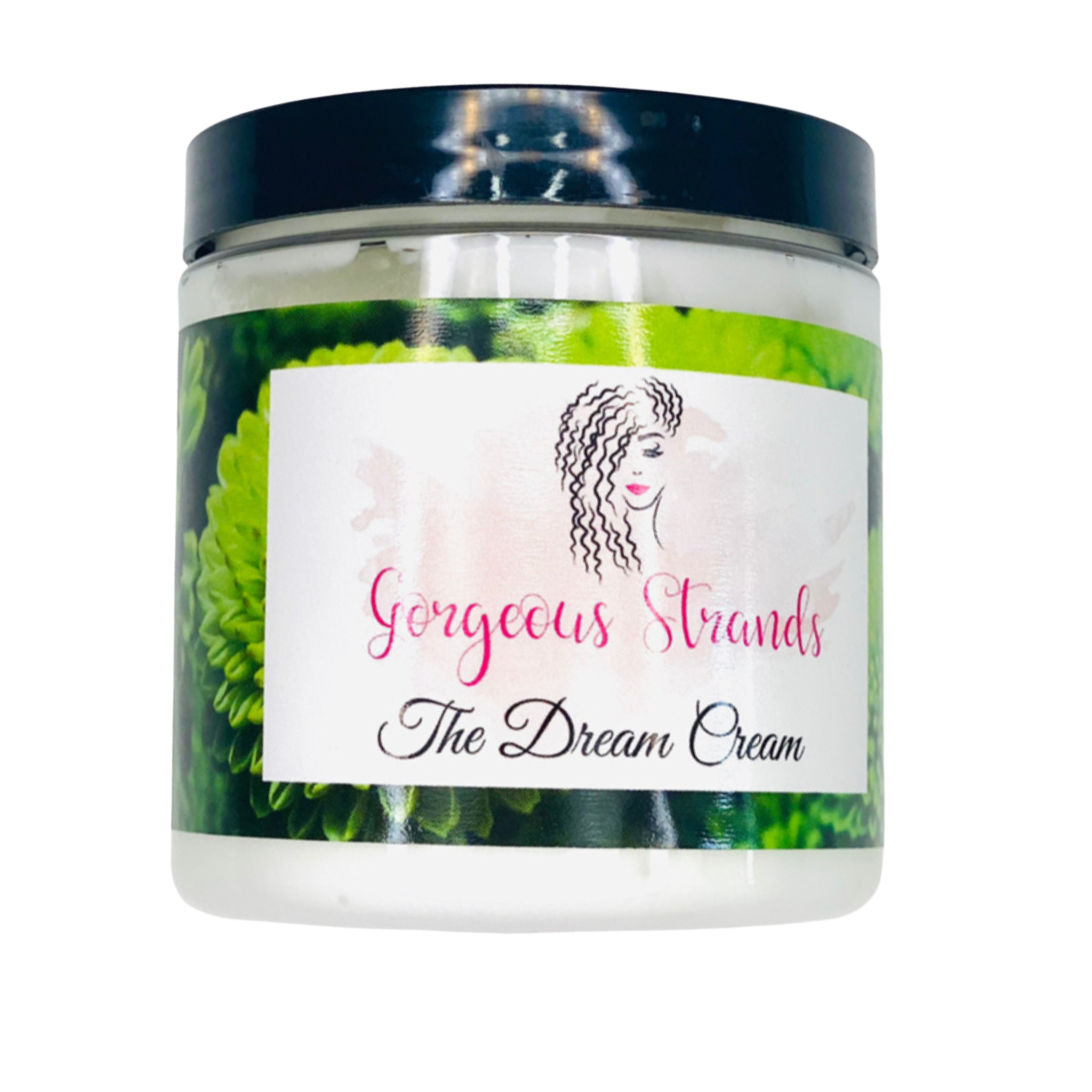
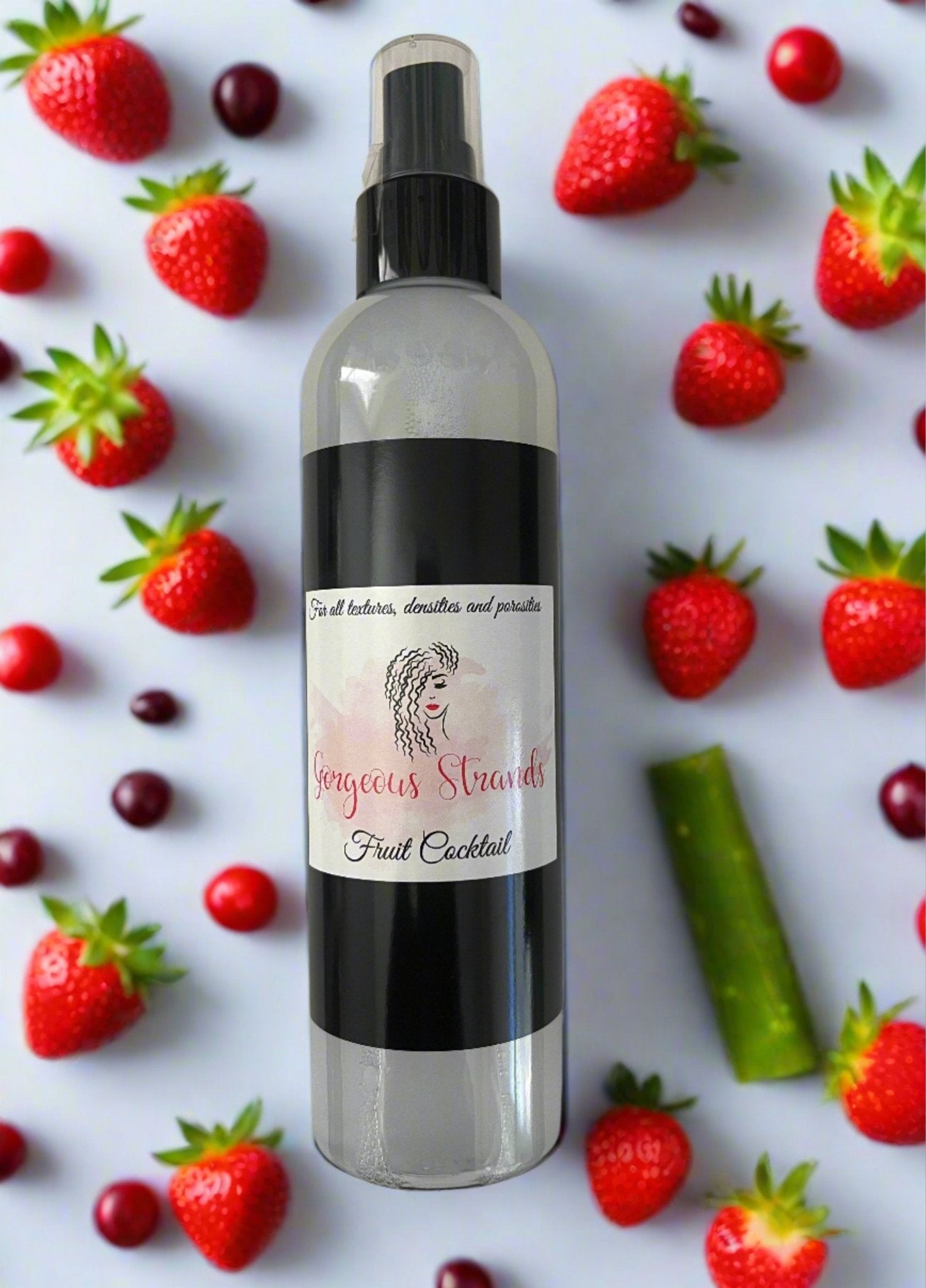
Comments